Can industrial effluent water produced by your process have a new life somewhere else in the process, instead of being treated as wastewater?
We are interested in finding new possibilities for effluent water treatment, especially from a circular economy perspective. Keep reading why finding new ways to treat effluent waters is essential!
Effluent water is a common by-product in many industries
Effluent water is produced as a by-product in many industrial processes. It can originate from various industrial sectors, such as construction, chemical, and forestry. The composition of effluent water can vary greatly depending on the industry, the biomass being processed, and the processes involved.
We specialize in dealing with effluent from compressing wet wood or other fibrous biomass to dry it.
Industrial effluent may contain various substances such as chemicals, heavy metals, organic compounds, solids, and microorganisms. The liquid is typically enriched with phosphorus, nitrogen, potassium, and zinc. It may also contain chlorides, sulfates, nitrates, and hydrocarbon compounds. The substances require purification, but some can be beneficial, like phosphorous in agricultural fertilizer.
COD and BOD are essential values for effluent water quality
Key indicators of the content in industrial effluent are COD (Chemical Oxygen Demand) and BOD (Biological Oxygen Demand), which demonstrate water quality. Both levels must be reduced before effluent can be reused or controllably discharged into the environment.
The COD measurement indicates how much oxygen is needed to chemically decompose the organic substances in the water. This test provides an overview of the total amount of organic material in the water. An advantage of COD is its faster testing time compared to BOD, as the results can be achieved in a couple of hours compared to days.
The BOD value measures the quantity of organic matter in water that can consume oxygen during decomposition. If the level of organic material in water is high, resulting in a high BOD value, microorganisms can consume a large amount of oxygen to break down these substances. This can lead to a situation where there is not enough oxygen left for other aquatic life, such as fish, which can cause environmental problems.
COD values are higher than BOD as COD includes all substances that can be chemically oxidized, whereas BOD only measures substances that can be broken down biologically.
We are able to extract an effluent water sample from the biomass processed by our customers, and we obtain laboratory analyses from a third party. Therefore, through us, you receive a comprehensive and customized picture of the composition of the material to be pressed.
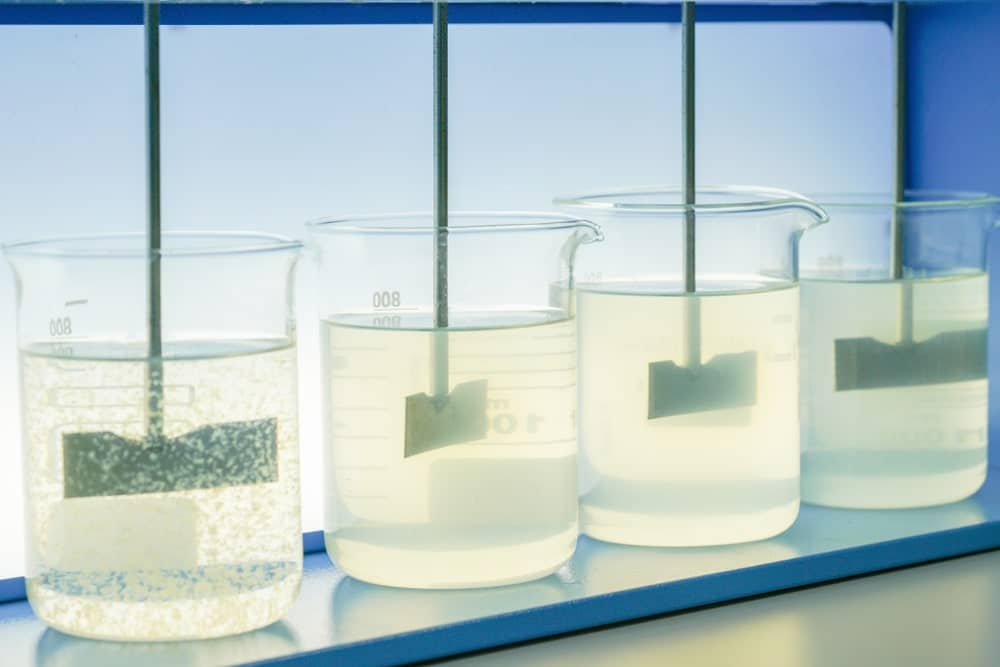
Why should we look for new ways to use effluent water?
Treating and managing industrial effluent is crucial for protecting the environment and promoting sustainable development. Once treated effectively, the effluent can be safely discharged into nature or reused in industrial processes.
The question we should ask is: why not find new solutions? When handled correctly, effluent should not be seen as waste but as a valuable resource.
Why effluent water should be utilized?
- To transform by-products into valuable resources.
- To support the circular economy and give a new life to materials once considered waste.
- To meet the environmental regulations, where there’s a push for better water protection and circular economy practices become more manageable.
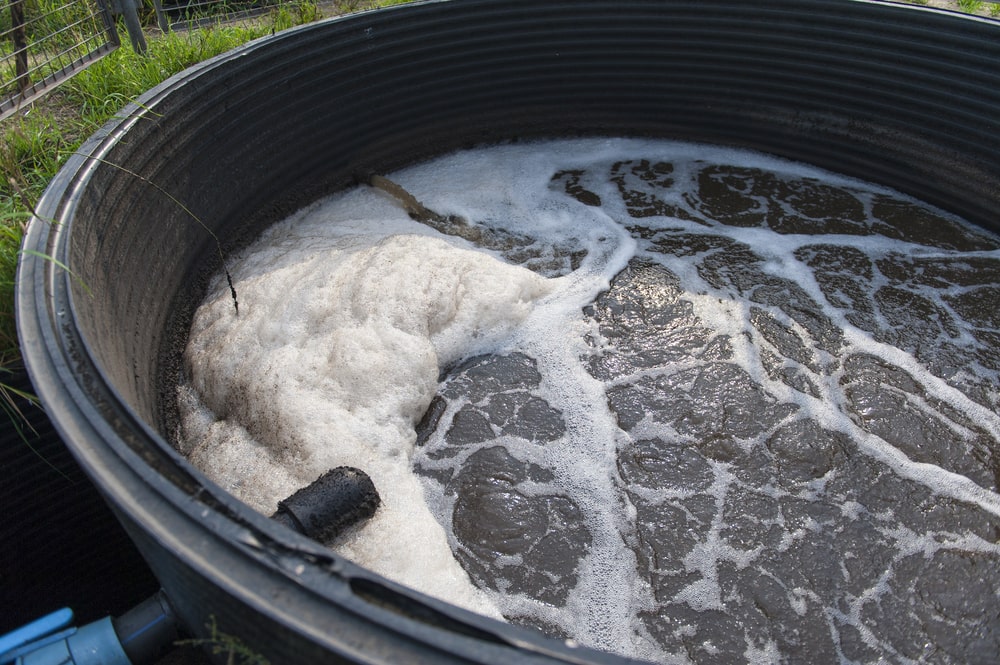
Where could effluent water be used?
Depending on the components and composition of the effluent, it can be repurposed for various uses. Here are a few examples, some of which are already feasible and others that could be possible in the future.
Fertilizer: Effluent water containing nutrients like nitrogen and phosphorus can be processed to recover them and used as fertilizer.
Irrigation: Treated press water can be used for irrigation if it’s safe for plants and soil.
Re-use: In industrial processes like paper and pulp production, effluent water can be treated and reused to conserve water.
Energy production: Effluent water containing organic material can be used for biogas generation through anaerobic treatment.
As a raw material in the food industry: Press water generated from the pressing of fruit juices or oils can be utilized as an ingredient.
In all cases, it is crucial to ensure that effluent is treated, analyzed, and appropriately purified before it is utilized.
Read also: What does sustainability mean to Saalasti?
Are you looking for a partner to find new solutions for effluent treatment?
“We are eager to innovate solutions that can derive significant added value from effluent.”
If your company operates in an industry where effluent treatment is a current issue, do not hesitate to get in touch!
“We are also looking for a partner with experience in wastewater treatment who could innovate with us to develop an effective solution for cleaning industrial effluent water.”
With decades of experience in mechanical dewatering solutions that lead the market in their field, we are happy to discuss more about new solutions for industrial effluent water.
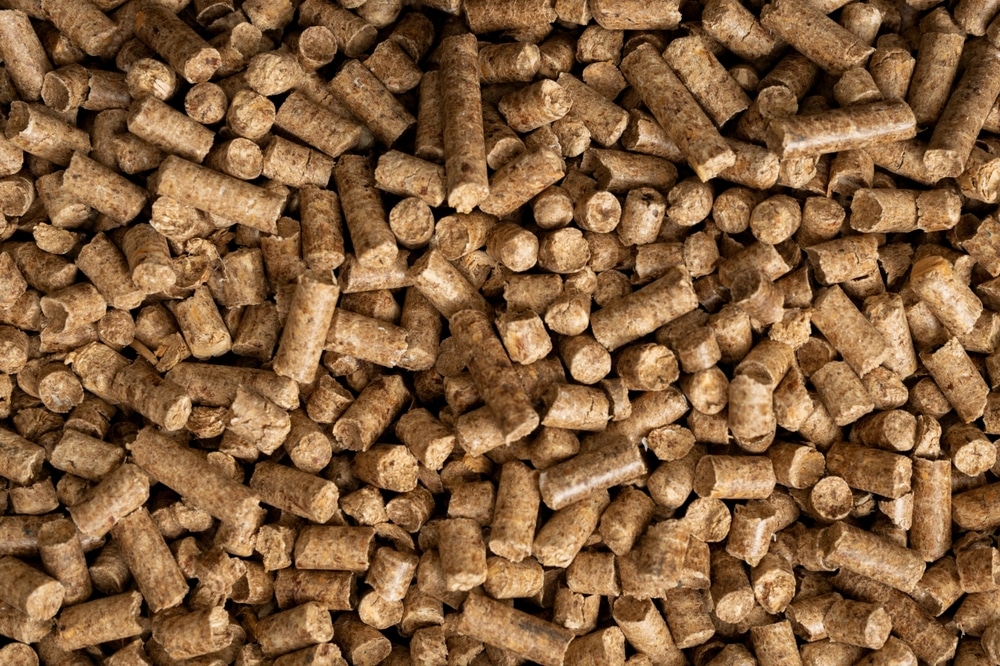
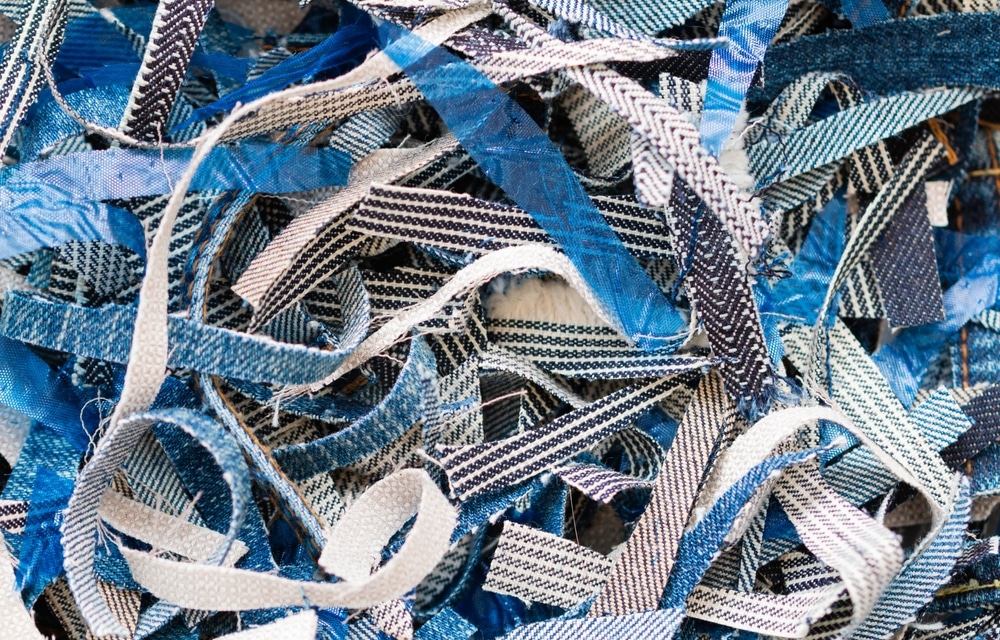
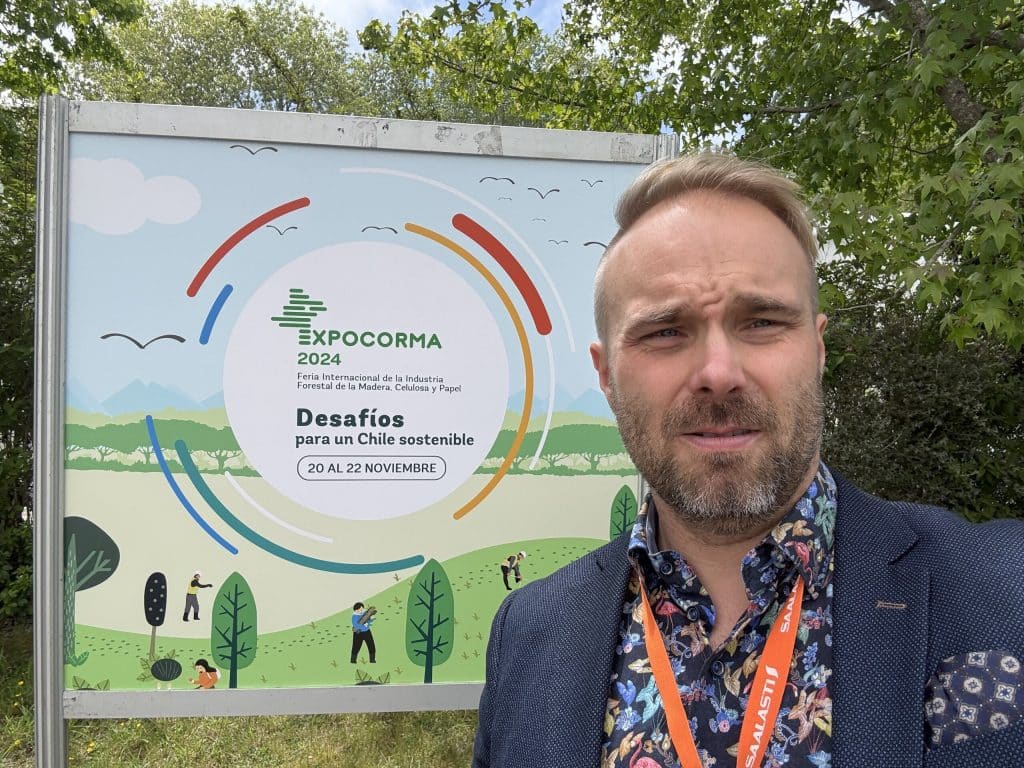

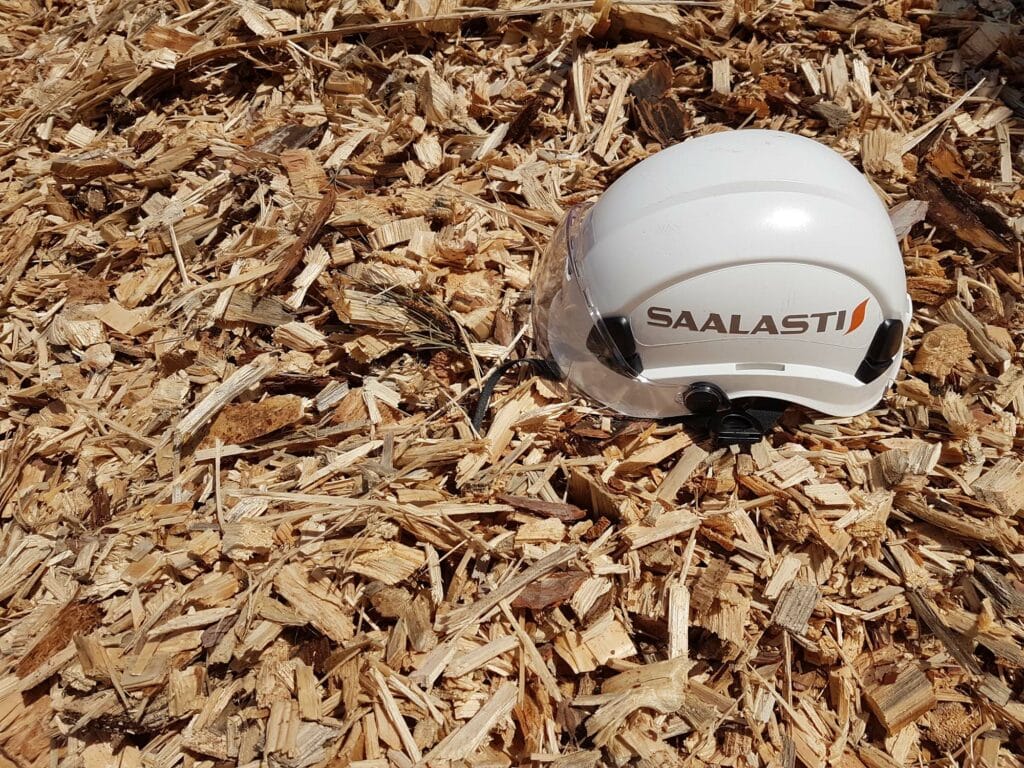
 ¢
¢